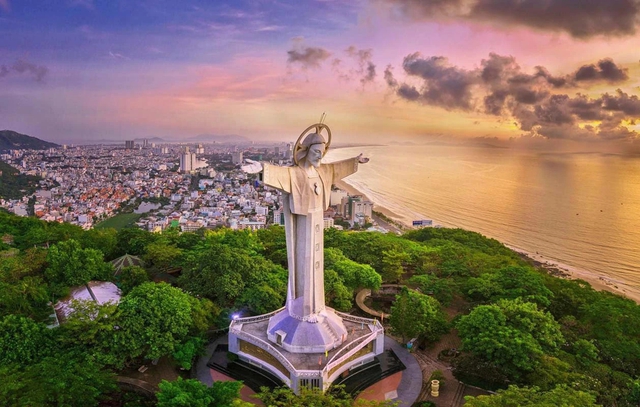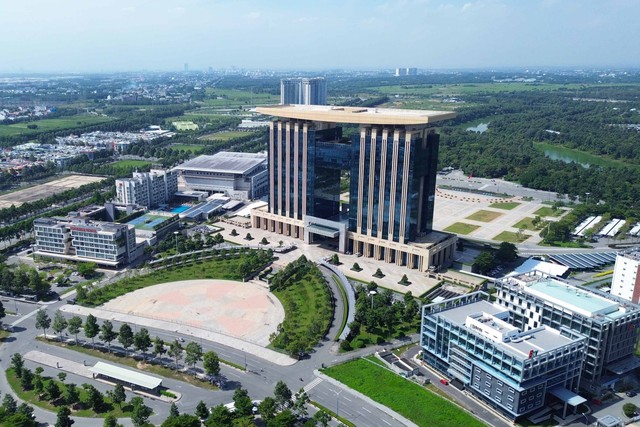
Last week, Deputy Prime Minister Tran Luu Quang chaired the 5th meeting of the Central Steering Committee for National Target Programs (2021-2025) with the participation of central ministries and agencies. Accordingly, the multidimensional poverty rate is still 2.93%, down 1.1% compared to the same period last year.
In Ba Ria – Vung Tau province, the total number of multidimensional poor households in the province at the beginning of 2023 was 4,861, accounting for 1.51% of the total number of households. The province no longer has poor households or near-poor households according to the central standard.
Previously, according to the survey results of the Ministry of Labor, Invalids and Social Affairs announced at the beginning of 2022, there were 6 provinces and cities that did not have poor households: Hanoi, Hai Phong, Da Nang, Ho Chi Minh City, Binh Duong, Tay Ninh. In particular, Hanoi, Da Nang, Ho Chi Minh City, and Binh Duong are the 4 “white” localities with no poor households or near-poor households.
Therefore, the economic triangle of the Southeast region including Ho Chi Minh City, Binh Duong, and Ba Ria – Vung Tau no longer has poor or near-poor households.
There are 7 provinces nationwide with a poverty rate higher than 10%. Dien Bien is the province with the highest poverty rate in the whole country with 27.33%, followed by Ha Giang with 18.54%, Cao Bang with 18.36%, Bac Kan with 17.02%, Kon Tum with 15.32%, Son La with 15.1%, Lai Chau with 13.32%…
The standard for income according to the multidimensional poverty measurement criteria for the 2022-2025 period specified by the Government is 1.5 million VND/person/month for rural areas and 2 million VND/person/month for urban areas. The poverty standard for income has nearly doubled the previous poverty standard stipulated in rural areas at 700,000 VND/person/month; in urban areas at 900,000 VND/person/month.

In addition to eradicating poverty and near-poverty, these 3 provinces in the Southeast region also have the highest average income in the whole country. Specifically, according to the Statistical Yearbook 2022, the Southeast region (including Binh Duong, Binh Phuoc, Tay Ninh, Dong Nai, Ba Ria – Vung Tau, and Ho Chi Minh City) recorded the highest average per capita income of 6.33 million VND per month, the highest in the country. The main source of income for people in the Southeast region comes from wages and salaries, accounting for 62%, followed by non-agricultural fees at 25%.
People in Binh Duong earn an average of 8.07 million VND per month, the highest in the country, nearly double the national average. Ho Chi Minh City ranks third with 6.39 million VND.
Ba Ria – Vung Tau ranks 13th in the country with an average income of about 4.81 million VND. However, according to information from the provincial People’s Committee, since 2000, Ba Ria – Vung Tau has always been the locality with the highest GRDP per capita in the country (including both oil and gas and non-oil and gas). The target for 2024 is to achieve an average per capita income of over 8,900 USD (excluding oil and gas), equivalent to 219.4 million VND, an average of over 18 million VND per month.
According to another statistic from the 2022 Vietnam Business White Book, the locality with the highest average monthly income per labor of operating enterprises is Ba Ria – Vung Tau with 12 million VND; Ho Chi Minh City ranks second with 10.9 million VND. Binh Duong ranks 6th, with an average labor income at 9.8 million VND.









































